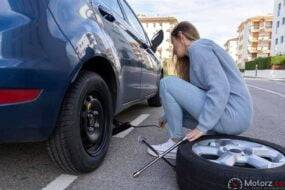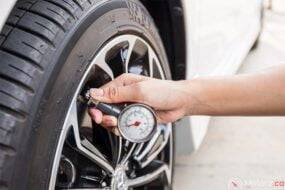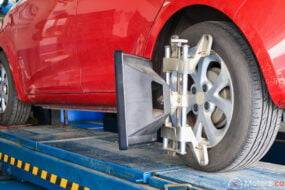Brake Dust Tips For Reducing Rake Dust Buildup. can be a pesky issue for car owners, causing not only aesthetic concerns but also potential health and environmental issues. In this comprehensive 1000-word article, we will delve into the causes of buildup and provide practical tips for reducing and managing it.
Understanding Brake Dust:
Brake dust is a byproduct of the friction between the brake pads and the brake rotors when a vehicle comes to a stop. It consists of tiny particles that are released into the air and settle on various surfaces, including the wheels. The composition of includes metal filings, carbon fibers, and adhesives from the brake pads.
Why is Brake Dust a Concern?
Brake dust not only affects the appearance of your wheels, giving them a dull and dirty look, but it can also have more significant implications. The metal particles in can corrode the wheel finish over time, leading to long-term damage. Moreover, inhaling may pose health risks, especially for individuals with respiratory conditions.
Choose Low-Dust Brake Pads:
Opt for low-dust brake pads when replacing your brake pads. These pads are specifically designed to produce fewer particles during braking, resulting in less accumulation on your wheels. While they may be slightly more expensive, the long-term benefits in terms of reduced maintenance and improved aesthetics are worth considering.
Regular Wheel Cleaning:
Establish a routine for cleaning your wheels. Regular cleaning not only enhances the visual appeal of your vehicle but also prevents from adhering to the wheel surface. Use a wheel cleaner that is effective in breaking down without causing damage to the wheel finish. A soft brush or sponge can be used to agitate the cleaner and remove stubborn dust particles.
Apply Wheel Sealant:
Consider applying a wheel sealant or wax to create a protective barrier on the wheel surface. This barrier makes it more difficult for to adhere to the wheels, simplifying the cleaning process. Ceramic brake pads are another alternative to traditional metallic or semi-metallic pads. They are known for producing significantly less. While the initial cost may be higher, the reduced maintenance and cleaner wheels may justify the investment for many car owners.
Avoid Aggressive Driving:
Driving habits play a crucial role in accumulation. Avoid aggressive driving, such as sudden stops and rapid deceleration, as these actions generate more heat and friction, leading to increased. Smooth and controlled driving not only improves fuel efficiency but also helps in reducing brake dust.
Proper Brake Maintenance:
Ensure that your vehicle’s braking system is well-maintained. Regularly check and replace worn-out brake pads, inspect the rotors for any abnormalities, and keep the entire braking system in good condition. A well-maintained braking system is less likely to produce excessive.
Install Dust Shields:
Consider installing dust shields or dust covers behind your wheels. These shields help minimize the amount of that reaches the wheel surface. While they may not eliminate entirely, they can be effective in reducing the accumulation on your wheels. Investing in high-quality wheels with advanced finishes can also contribute to reducing buildup. Some wheel finishes are more resistant to corrosion, making them easier to clean and maintain.
Conclusion:
In conclusion, managing Brake Dust buildup is a combination of smart choices during maintenance and driving, coupled with regular cleaning routines. By selecting low-dust brake pads, practicing proper driving habits, and maintaining a consistent cleaning schedule, you can keep your wheels looking pristine while promoting the longevity of your vehicle’s braking system. doesn’t have to be an inevitable nuisance; with these tips, you can take control and enjoy a cleaner, more efficient driving experience.











